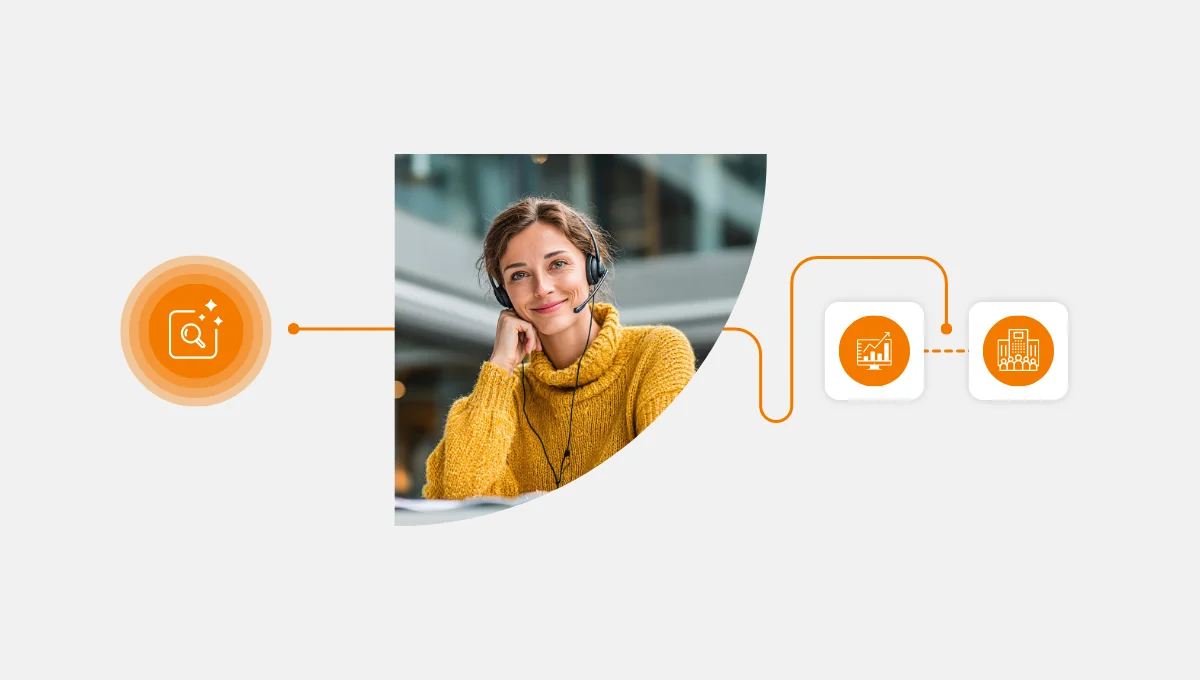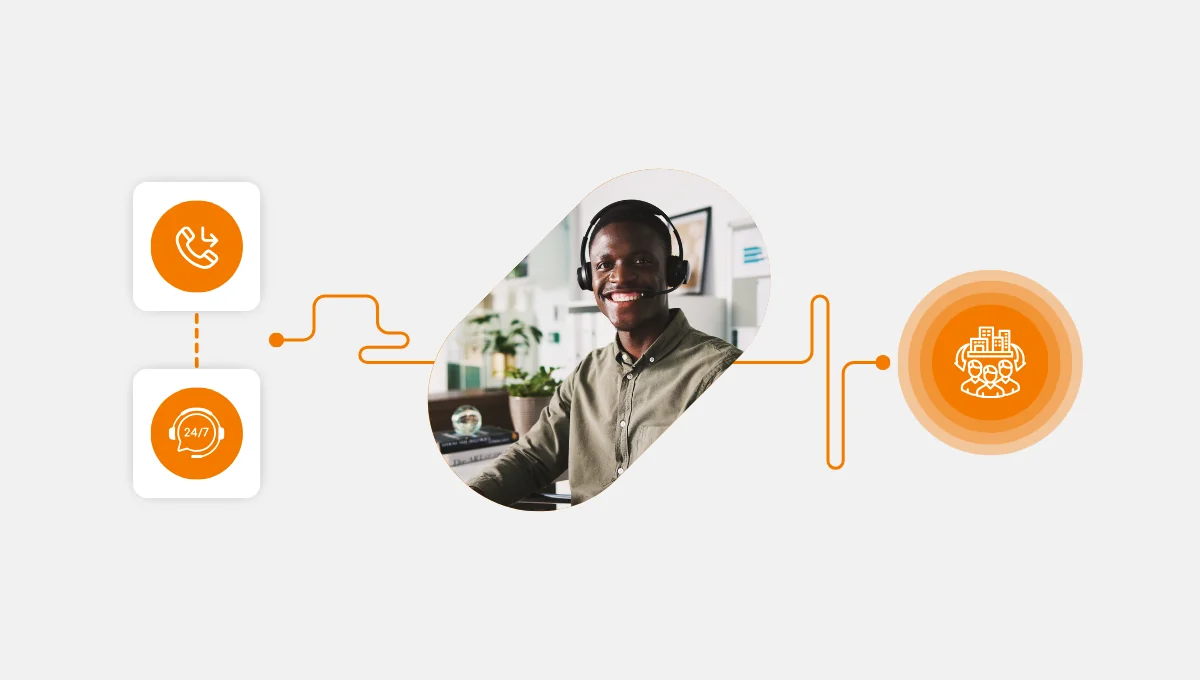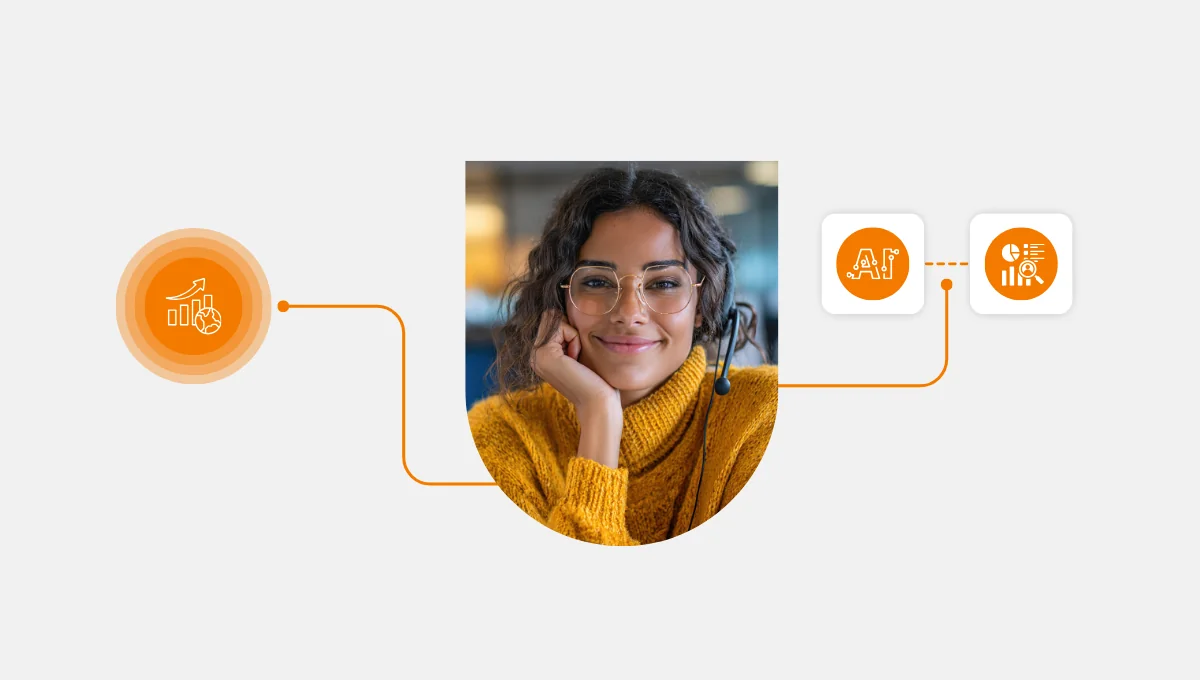Understanding customer behavior is key to success in business. Sophisticated reporting procedures in cloud call center software such as Call Center Studio offer organizations valuable customer insights, patterns and activity. While compared with conventional methods of reporting, advanced reporting is characterized by real-time data analysis, and forecasting and more complex data visualization, which can be beneficial for business. Through these techniques, there is a chance to reveal the customer’s patterns, adjust the marketing strategies, and predict future requirements. In this article, we examine how the application of advanced reporting can significantly help businesses in their data-driven decision-making process, increase customer satisfaction and gain a competitive edge.
What is Advanced Reporting Technique and How Do They Improve Customer Insights?
Advanced reporting techniques are defined as more detailed approaches to customer data analysis. Contrary to regular reporting, where primary data are presented and frequently focused on easily quantifiable indicators, the principles of advanced reporting involve procedures such as algebraization and visualization to detect patterns.
These techniques enhance customer insights in several ways:
- Uncovering Customer Preferences: These techniques analyze the patterns of consumers’ behavior and allow them to determine what kinds of products or services will be interesting for the target audience.
- Real-Time Feedback Monitoring: Through the completion of customer transactions and satisfaction analysis in real time, the firms can easily adapt to the market by enhancing service delivery.
- Tailored Marketing Strategies: Sophisticated reporting can be used to segment the customers, thus making marketing messages specific to the needs of each segment.
- Predictive Analytics: It involves previously recorded figures to predict behaviors in the future and, thus, helps business entities to meet customers’ needs effectively and in advance.
- Enhanced Data-Driven Decision-Making: Organizations can, thus, obtain more information through analysis of generated data to be able to make proper decisions that will enhance business operations and or consumer satisfaction.
Through these techniques, it will be possible for an organization to obtain adequate insight about the customers that will assist in decision-making.
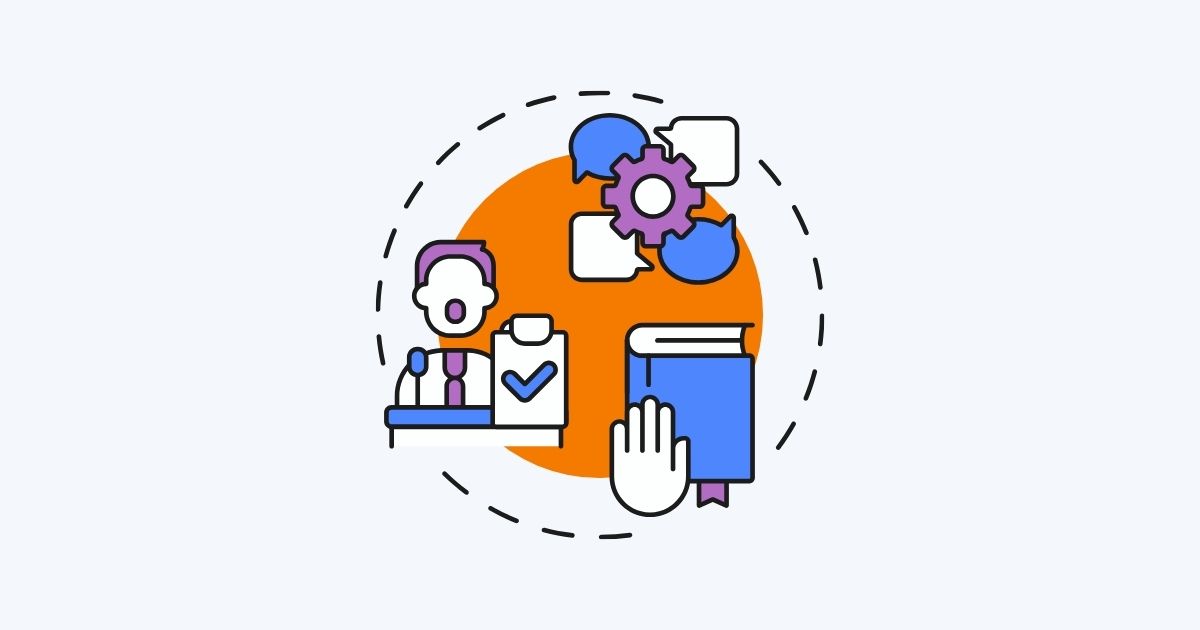
How Can Businesses Leverage Advanced Reporting to Enhance Decision-Making?
However, for advanced reporting to yield optimal results, the information has to be incorporated into the business decision-making system. Here are a few strategies to consider:
- Foster a Data-Driven Culture: Motivate employees in all the teams to make decisions based on the analysis of data instead of going with their instincts. Having a data-oriented culture helps to make everyone responsible for their actions and make sure that they are coherent with the goals of an organization. Managers should lead by example and give the requisite equipment and training for the assessment of data and information.
- Focus on Actionable Insights: The problem is that creating reports is not enough; businesses need to analyze data and turn it into strategies. This means that one has to look at the key metrics and trends presented in the reports as a way of enhancing performance. For instance, trends in the behavior of clients may be useful to modify the marketing strategies, or the sales data may indicate the need to expand or modify the range of products offered.
- Adopt a Collaborative Approach: Engage different departments in reporting, such as the sales department, marketing department, operations department and the customer service department. When decision-makers from different functions use integrated cross-departmental data, they have a wider perspective of the business. It results in more effective and consistent decisions with respect to overall organizational objectives and strategies.
When organizations incorporate advanced reporting into their processes, they promote a culture of using data to make decisions, which leads to the development of better strategies and results.
What Are the Most Effective Reporting Techniques for Understanding Customer Behavior?
Customer behavior analysis is, therefore, crucial for companies that are interested in developing customer-specific strategies and increasing customer satisfaction. Several reporting techniques are particularly effective in gaining insights into customer behavior:
- Customer Segmentation: This technique involves categorizing the customers into various groups depending on their similarities in terms of demography, buying behavior or other aspects. Customer segmentation makes it easy for businesses to understand which segment responds positively to a particular marketing strategy, product or service. This makes marketing more specific and also assists in the process of customizing products and services to suit the clients.
- Predictive Analytics: Predictive analytics uses past data to make future customer behaviors as the outcome. The fact is that by using information about previous purchases, site traffic, and interactions, companies can predict customers’ needs. It helps companies correct their existing products, offer better recommendations, and promote relevant products to customers to increase their retention rates and customer loyalty.
- Surveys and Feedback Loops: Customers’ opinions can be directly obtained through questionnaires, feedback forms, and surveys, which help understand the level of satisfaction of customers and the challenges that they face. Survey data analysis allows a business to identify the specific needs, concerns, and expectations of the customers so that product, service, or support can be improved.
All of these techniques help towards a better understanding of customer behavior and, thus, enable businesses to provide more customer-focused products, services and experiences that will appeal to the customer and develop long-term customer relationships.
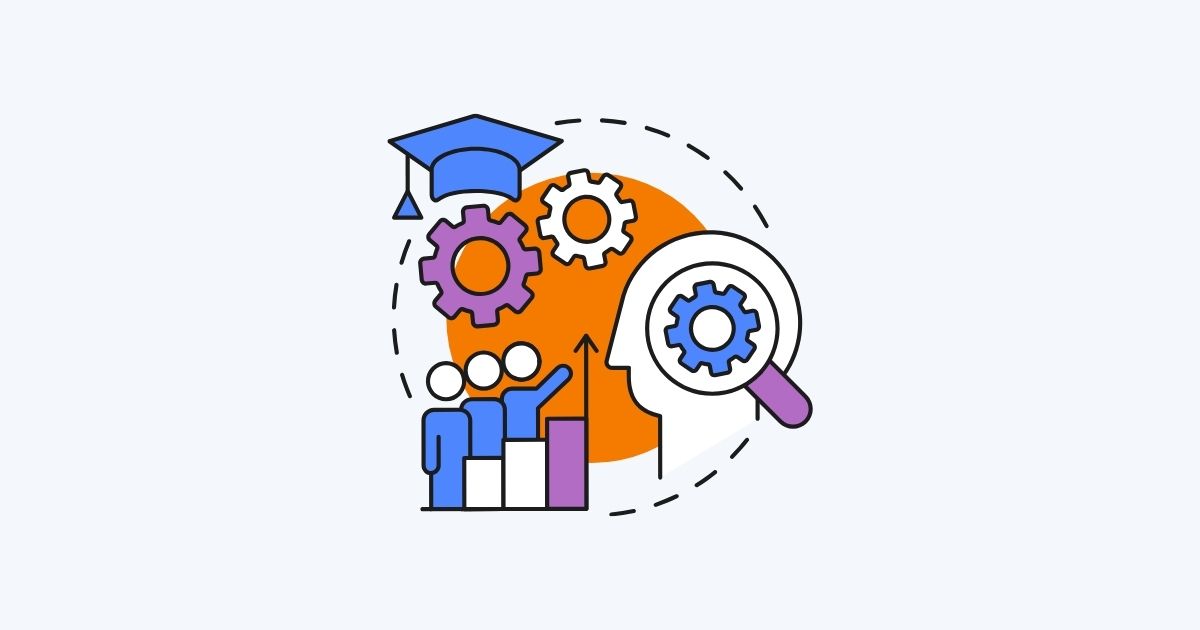
How does advanced reporting differ from traditional methods?
It is important for businesses to know the distinctions between advanced and traditional reporting to improve their customer knowledge and decision-making. To list down some of the key distinctions between the two approaches:
1. Depth of Insight: Conventional reporting often relies on easily quantifiable key performance indicators such as sales, revenues or number of customers and therefore offers a very narrow view of business operations. Advanced reporting, on the other hand, takes the analysis to another level by providing more detailed relationships with the customers, their behavior, trends, and performance indicators. The detailed analysis allows for the finding of significant factors that would probably remain unnoticed in the case of other approaches.
2. Real-Time Data Access: The major benefit that comes with the use of advanced reporting is the capability to have real-time data at one’s disposal. This makes it possible for businesses to adapt to new market trends or customer needs or even overcome operational obstacles in the shortest time possible. On the other hand, traditional reporting may employ the use of historical data that are collected and reported at a slower rate, which could mean that the organization loses out on good opportunities or even reacts late to a major problem.
3. Enhanced Data Visualization: Modern reporting tools employ complex data visualization techniques, including dynamic dashboards, heat maps and complex graphs and charts to enable decision-makers to easily analyze large volumes of data. These visuals also help teams to gain an understanding of insights and make the right decisions without much time. Such reporting is not always as flexible as it is in the current example, and the information is presented in the form of plain reports and tables that can be less easy to analyze.
Moving from the basics to advanced reporting can help organizations have a richer and more real-time view of the customer base and business environment.
Conclusion
Advanced reporting ways are essential for enriching client perceptivity. With tools like Call Center Studio’s cloud call center software, businesses can effectively dissect client data, leading to better decision-making. By embracing these advanced approaches, organizations not only enhance their understanding of client behavior but also position themselves to thrive in a competitive market. Investing in advanced reporting isn’t just about collecting data; it’s about turning that data into practicable insights that drive success.


